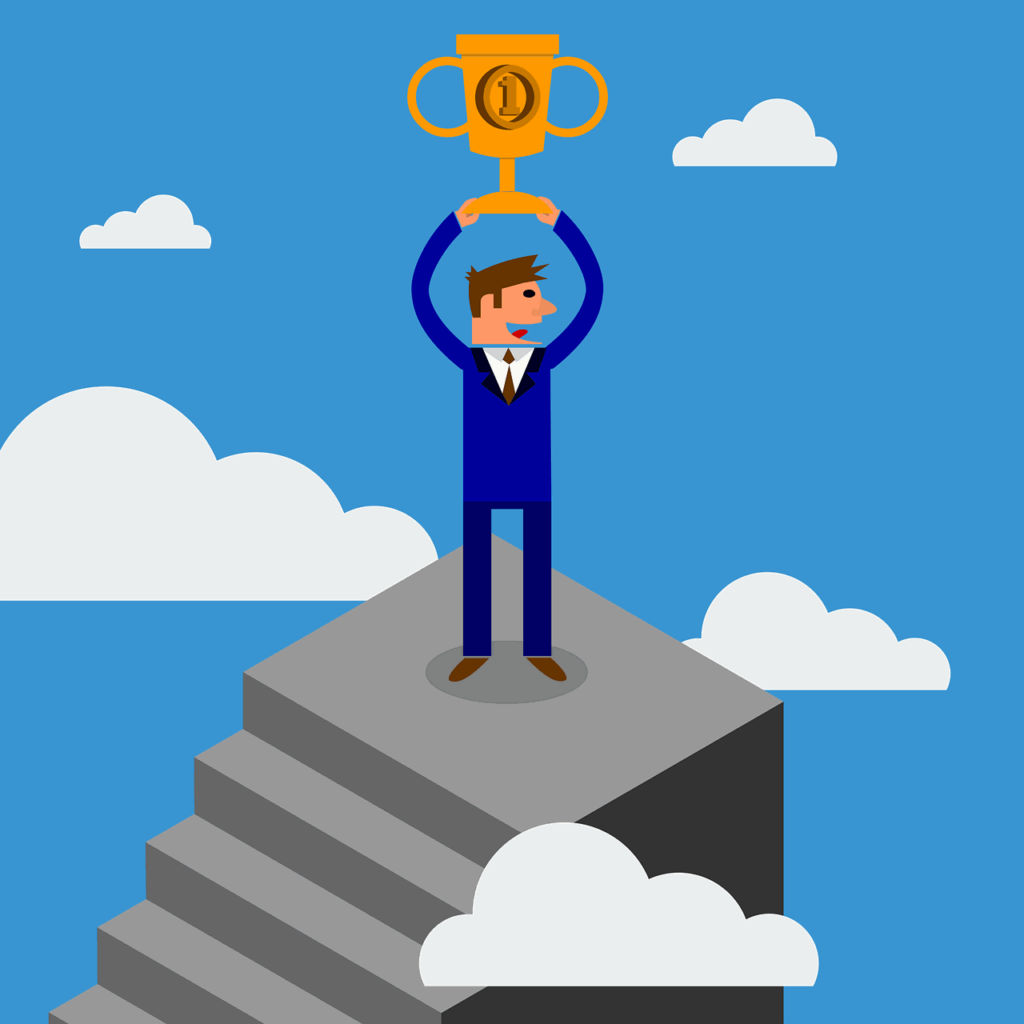
Curious how incorporating gamification into your company practices can potentially create happier, more productive employees?
“Gamification enables you to drive, measure, and reward high-value behaviors,” writes Kris Duggan, author of Business Gamification for Dummies. “Game mechanics leverage design and behavioral psychology principles inherent in today’s social games to drive and reward specific user behaviors in business environments.”
Let’s dive further into the world of gamification, where work meets play. Gamification isn’t just about making daily tasks fun; it’s a sophisticated strategy that involves applying game design elements to non-game contexts. Imagine earning points, badges, or even leveling up, not in a video game, but at your workplace for your achievements and improvements.
First off, let’s break down the basics. Gamification incorporates game elements like rewards, challenges, and feedback into work tasks.
It’s not about turning work into a game per se but enhancing the work experience with motivational elements commonly found in games. Why does this matter? Because it taps into our natural desires for competition, achievement, and collaboration. Think about it — who doesn’t like a little recognition or a friendly challenge now and then?
But how does this all play out in real life? Companies might set up leaderboards for sales teams, offer digital badges for completing training modules, or create point systems for hitting project milestones. The possibilities are diverse and can be tailored to fit any team or goal. And the results? They’re pretty compelling! Studies show that gamification can lead to higher levels of employee engagement, productivity, and even happiness.
The Impact on Employee Engagement and Productivity
Engagement skyrockets when employees see their work recognized and rewarded. Gamification introduces a transparent, rewarding system where progress is acknowledged. Employees are not just working; they are on a quest, aiming for the next level, badge, or reward. This shift in perspective can turn mundane tasks into exciting challenges.
Moreover, productivity sees a significant boost. When employees are engaged, they’re naturally more productive. Gamification sets clear goals and provides instant feedback, two critical components missing in many traditional work settings. Employees understand what’s expected, can track their performance in real-time, and adjust their strategies accordingly.
And let’s not forget the camaraderie that gamification fosters. Teams can work together to achieve collective goals, share tips, and celebrate each other’s victories. This not only enhances team spirit but also promotes a culture of continuous learning and improvement. After all, everyone’s in the game together!
Implementing Gamification: Best Practices
So, you’re intrigued and thinking about bringing gamification to your team? Great! But before you dive in, let’s talk about some best practices to ensure your initiative is a smashing success.
First and foremost, know your audience. What motivates your team? Recognition, rewards, professional growth? Understanding what drives your employees will help tailor the gamification strategy to be most effective. Remember, one size doesn’t fit all, and the most successful gamification efforts are those that are customized.
Next up, set clear, achievable goals. The games need rules, right? Establish what behaviors or outcomes you’re encouraging and make sure they align with your company’s overall objectives. And, of course, ensure that these goals are attainable. Nothing demotivates faster than an impossible target.
Communication is key! Roll out your gamification strategy with a clear explanation of how it works and what the benefits are. Get everyone on board and excited. And once it’s up and running, keep the communication flowing. Celebrate successes, encourage participation, and be open to feedback.
Lastly, don’t set it and forget it. Gamification isn’t a one-off project; it’s a dynamic strategy that should evolve. Monitor the results, gather feedback, and be ready to tweak your approach. What’s working? What’s not? Adaptation is crucial to keeping the game fresh and engaging.
Gamification is not just a fleeting trend; it’s a powerful strategy that, when implemented thoughtfully, can significantly enhance employee engagement and productivity. By understanding your team, setting clear goals, and staying adaptable, you can turn everyday work into an engaging, rewarding experience.
Remember, at the heart of gamification is the idea that work can be as engaging as play. So why not bring a little game spirit into the workplace? After all, when employees enjoy their work, they do better work. And that’s a win-win for everyone. Game on!